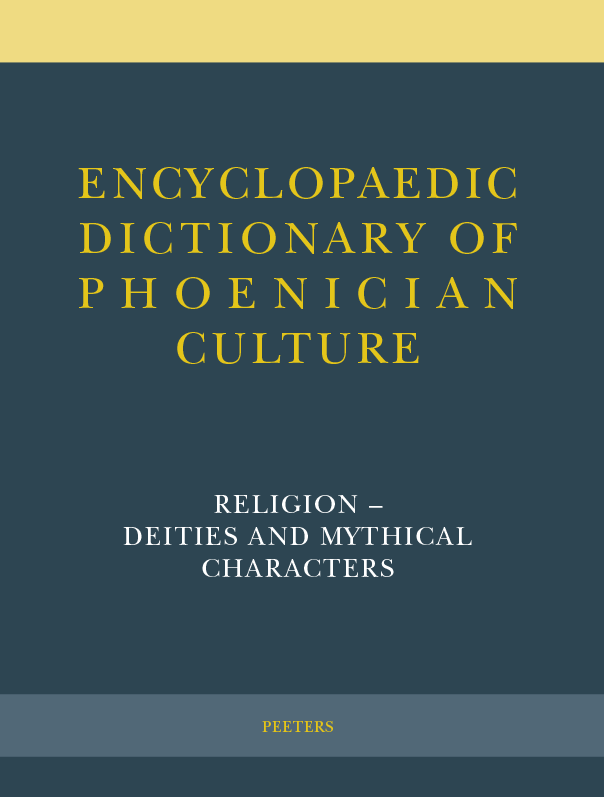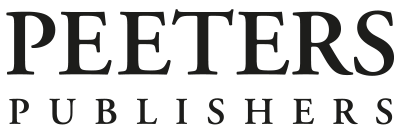
table of contents

add to cart
year: 2021
isbn: 9789042944176
e-isbn: 9789042944183
pages: XXXVI-260 p.
Encyclopaedic Dictionary of Phoenician Culture II.1: Religion - Deities and Mythical Characters
Summary:
The Encyclopaedic Dictionary of Phoenician Culture (EDPC) is the result of a wide-ranging international project and is intended to be an in-depth and up-to-date standard reference work for Phoenician studies. It is a series in the form of an encyclopaedia with the structure of a dictionary, comprising about 2000 entries, written by circa 200 contributors from 20 different countries.
Current knowledge on Phoenicians and Carthaginians (with close attention to their various interactions with other cultures) will be presented as a sequence of themed volumes, all closely interrelated, dealing respectively with history, religion, language and written sources, socio-economic life, and archaeological sites of both the Levant and the Central and Western Mediterranean. As part of a collection, each volume should be considered as belonging to a set: in one sense independent but at the same time inseparable from the others both in respect of the amount of information included and the network of cross-references linking the various lemmata.
The present volume (EDPC II.1), which is exclusively on deities and mythical characters, is a specialised compendium of the divine and mythological figures who feature in Phoenician and Punic documents as well as in indirect sources. Like the thematic volumes to follow, this volume is a reference work: it is based on a piece by piece reconstruction of the entire Phoenician and Punic 'religious' universe through its various protagonists.
A second volume on religious practices - Cult and Ritual (EDPC II.2) - is in preparation, and the two volumes are to be considered as closely connected, as they examine this cultural dimension from different but intrinsically correlated and complementary points of view.


 0
EN
0
EN




